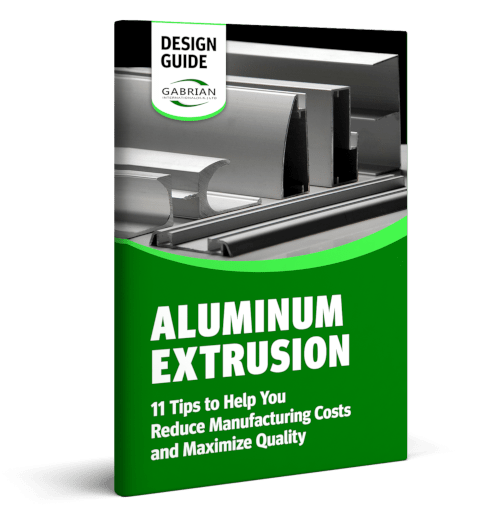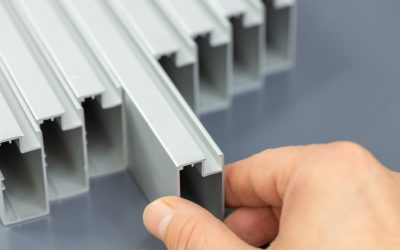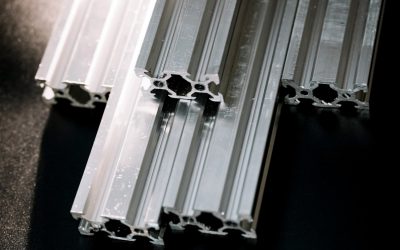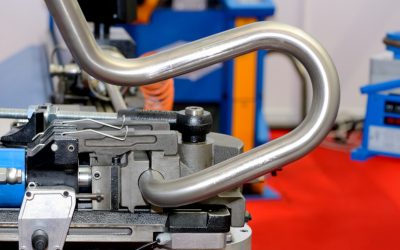Aluminum is naturally corrosion-resistant, but when that’s not enough, designers will need to choose a protective aluminum surface finish.
Alodining is a popular finishing option for preventing corrosion while still allowing electrical conductivity through the aluminum. This is part of what makes an alodine finish so useful in applications like parts for the electronics industry.
It’s easy to get confused about what alodining means though. Especially with so many different names for the same process! This article explores what alodining means, the qualities of an alodine finish, and how it compares with another popular finishing option, anodizing.
Table of Contents
What is an Alodine Finish?
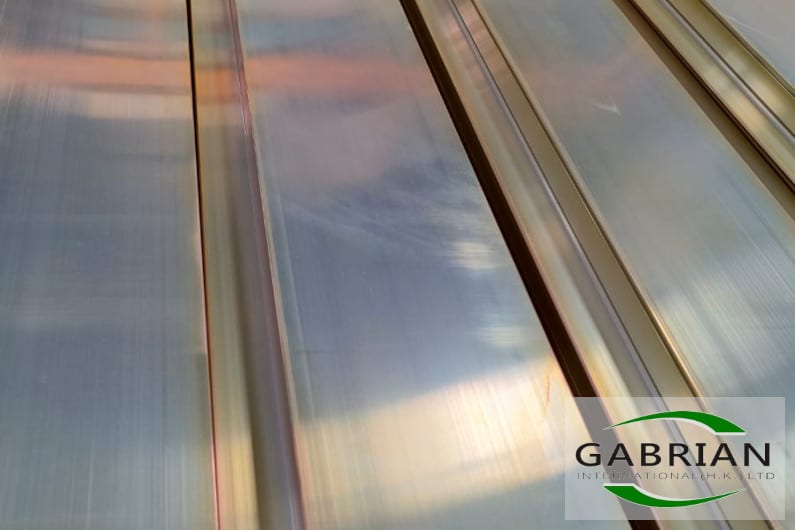
An alodine finish is a type of conversion coating for aluminum parts that creates a thin protective film on the metal. This prevents corrosion and can be used as a primer for subsequent painting.
It should be noted that the Alodine® product is actually a registered trademark of Henkel, Inc., and there are other companies that offer similar products, like Iridite 14-2®. Due to its long-standing popularity, the term “alodine coating” is often used interchangeably with terms like chromate conversion coating and chem film in the aluminum manufacturing industry. In fact, Henkel has actually replaced alodine with Bonderite®, but the terms “alodine” and “alodining” have stuck.
While there are a number of accepted standards for applying alodine coatings on aluminum, MIL-DTL-5541 by the U.S. Department of Defense is easily the most widely recognized. The original version of this process used hexavalent chromium compounds, but these have since been found to be highly toxic and carcinogenic. Nowadays the majority of chemical conversion coatings on aluminum are completed using the Type II composition, which is free from hexavalent chromium.
How Does Alodining Work?
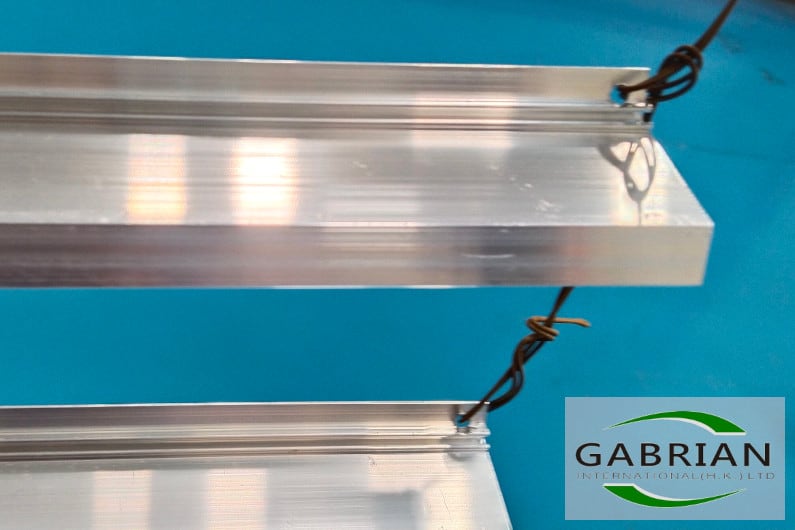
Alodining is normally completed using a series of tanks for dipping, rinsing, and treating the aluminum parts (though spraying is also an option). The key step of the alodining process however is done by submerging the aluminum part in a carefully controlled chemical bath and holding it there while the alodine film forms on the aluminum surface.
Once the film has formed, it acts as a passivating barrier between the aluminum and corrosive agents. This prevents corrosion of any aluminum surfaces with chem film over them. However, an alodine finish is not very wear resistant, so corrosion can attack exposed aluminum surfaces if the chem film is scratched or worn away.
While the chem film is not conductive itself, the alodine layer is thin enough to allow electrical conduction through the barrier. This makes alodining a great corrosion prevention solution for applications that require electrically conductive aluminum parts.
Alodined vs Anodized Aluminum Parts
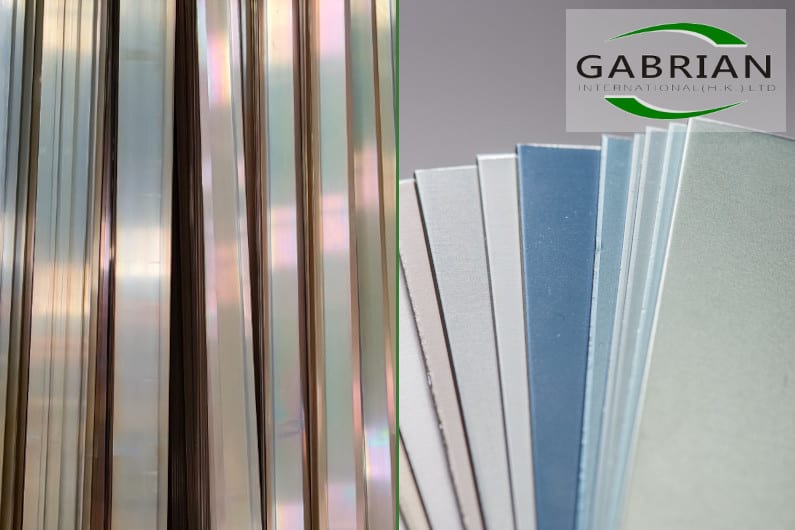
Alodining and anodizing are often confused with one another on account of their similar-sounding names. But while alodining is a strictly chemical application process, anodizing is an electrochemical process for enhancing the natural passivating layer on the aluminum parts. Anodized aluminum must be submerged in a chemical bath with a carefully applied electrical current.
Aside from being different processes, aluminum product designers trying to choose a surface finishing process should be aware of the performance differences between these two solutions:
- Protection from mechanical damage – Anodizing creates a ceramic-like layer that is much more wear resistant than chem film.
- Design clearance considerations – Alodining creates a film less than 1 micron thick, while Type II anodized layers are between 1.8 and 25 microns. This may impact designs with incredibly tight tolerance requirements for finished parts.
- Electrical conductivity – The ceramic properties of an anodized aluminum surface make it a poor conductor of electricity compared to an alodine finish.
- Coloring parts – The porous aluminum oxide layer of anodized aluminum can be dyed a wide range of colors. Alodined aluminum however is either clear or gold/brown, so paint would need to be applied to achieve other colors.
- Cost and technical expertise – An alodine finish is typically easier to perform and less costly than anodizing, which requires more technical experience to perform correctly.
- Safety & sustainability – Type I alodining has the potential for severe health and environmental consequences. Type II alodining and anodizing are more comparable in terms of environmental impact, but if sustainability is a concern, powder coating aluminum may be worth considering.
Finishing Your Aluminum Parts
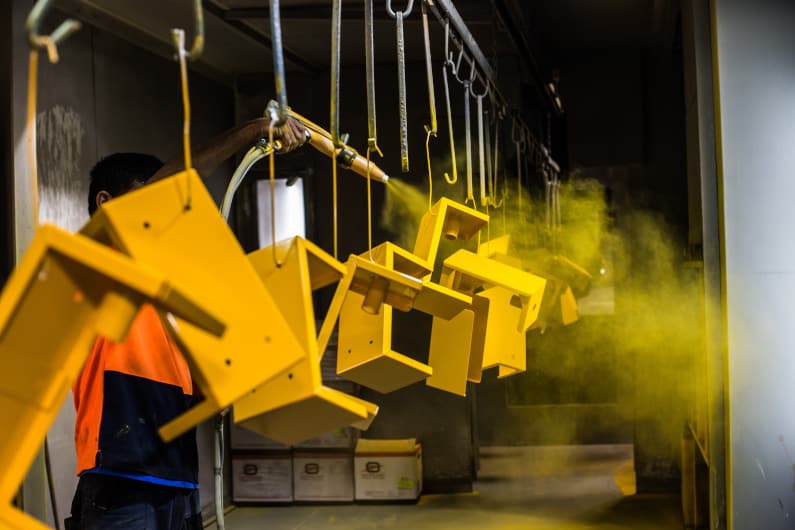
Overall, there is not a one-size-fits-all solution to coating aluminum products. Alodining is popular in applications like fixed enclosures and cases for the electronics industry because it prevents corrosion, allows for easy electrical grounding, and is relatively cost effective. However, if an aluminum part will be exposed to scratching, impacts, or other mechanical forces, one of the more durable aluminum surface finishes is probably a better option.
For product designers seeking more tips, tricks, and guidance on working with aluminum extrusions, download Gabrian’s Aluminum Extrusion Design Guide.

